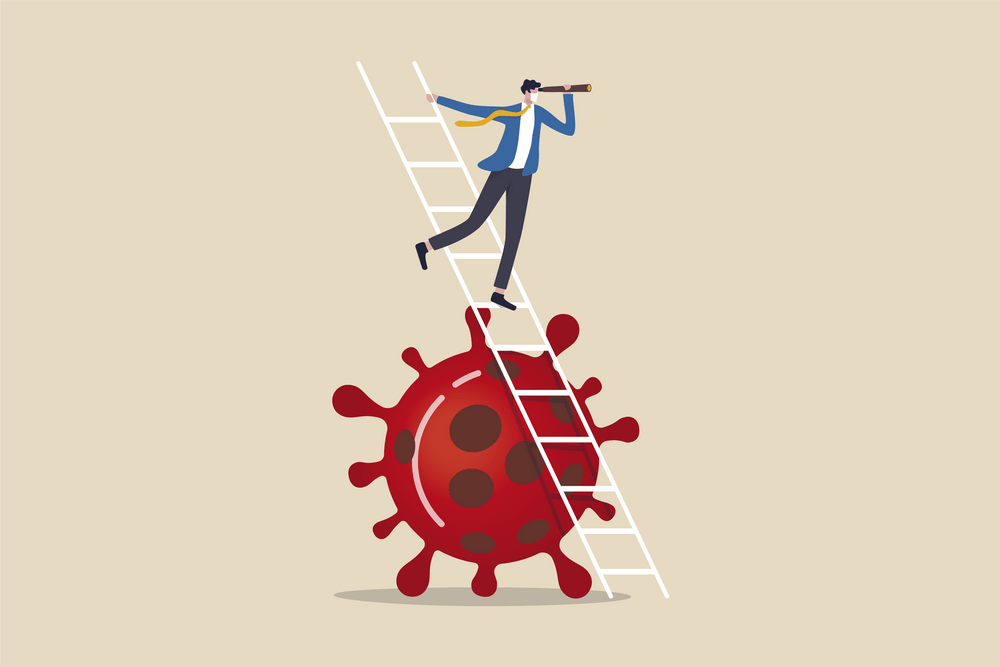When we all return to a semblance of normalcy after most of the world’s population has been vaccinated against COVID-19, what can we except that new normal to look like? The world is at a standstill, waiting for the vaccines to reach them and protecting themselves against the virus in the meantime. How will industries, markets and populations change post-pandemic?
Changed Habits
It’s no surprise to note that everyone’s habits and norms have changed since the start of the pandemic. From social distancing to wearing masks in public, new habits have formed and made many hyper aware of personal and public hygiene measures.
Will these current measures continue even after most of the population has been vaccinated? Regular handwashing, avoiding handshakes and more hygiene measures will likely stay post-pandemic. Some might continue to wear masks, avoid large, crowded areas to be safe and even forego public transport.
Throughout the pandemic, it has been proven that crowded and poorly ventilated areas such as indoor stadiums, buses, movie theaters and some offices were deemed superspreading events by scientists, further instilling fear and uncertainty amongst many. Will this affect the way people transit and the activities they choose to partake in? Will companies need to offer work-from-home benefits to keep their employees moving forward?
Only time can tell how the pandemic will affect people on a daily basis and what newly developed and instilled habits are here to stay.
Growing Use of Technology
The COVID-19 pandemic forced people to self-isolate at times and refrain from seeing friends and loved ones. Thankfully, the use of various technologies greatly helped people stay connected, remain active and continue going to school and working during times of lockdown and quarantine.
In the healthcare sector, virtual care became a necessity, allowing medical professionals to screen patients remotely and stay on top of their health from a safe distance. Going further, technology in hospitals can help manage resources, help screen patients and push vaccine research even further.
Medical devices also played an important role during the pandemic, helping in logistics, clinical decision making, drug discoveries, and even helped enhance hospital working conditions.
On the patient side, telemedicine and digital health apps provided a great way to continue preventive care. According to a McKinsey COVID-19 Consumer Survey, telehealth in the United States grew from 11 percent in 2019 to over 46 percent in April 2020. This number only grew from that point on. Providers have even reported seeing 50 to 175 times the number of patients through virtual means than they did pre-coronavirus. This allows practitioners to continue preventive care while also avoiding cross-contamination and reducing risk of contagion.
The more technology healthcare establishments implement and utilize now, the better prepared they will be for any future pandemic or public health emergency.
Big Brother Alert
How are governments around the world tracking coronavirus-positive individuals? The term contact tracing has been used quite a lot in the last year. In order to identify people who have been in contact with infected individuals, some countries have implemented public health measures that identify infected individuals and gathers information on all those that have been in contact with them.
This surveillance measure was implemented in the form of a phone tracking application in Canada, Germany, Israel, Singapore, and other countries. Canada’s app, for example, uses Bluetooth and allows individuals to signal that they tested positive for COVID-19, which then sends an anonymous alert to all the individuals that have been in contact with this person.
South Korea, on the other hand, opted in using CCTV footage and phone usage to trace the spread of the virus. This proved to be an effective method and was largely due to the population’s acceptance of surveillance.
Overall, none of the contact tracing measures currently in place truly yielded positive results in containing the virus. In a time of dire need for extraordinary measures, what methods can be qualified as acceptable, and where does the privacy and ethical line lie?
A New Type of Passport
Many countries and governments are exploring the possibility of implementing immunity passports to allow the people who have been fully vaccinated against the coronavirus to continue on with their life much like they did before the pandemic. The immunity passport would allow someone to go about their daily life as usual, without needing to shelter or quarantine when necessary.
This is, of course, not something that has yet to be executed, but rather considered by some, especially by the U.K.’s government. The fears surrounding this type of passport is that some might want to go out and catch the virus to prove immunity and get the new passport whereas some might be forced to stay home without such documentation in hand. It also requires further testing to diminish the potential reporting of false immunities.

